Bearings are mechanical components to support shafts in various load conditions and reduce friction between moving parts. Different types of bearing have a different construction, application, advantages, and limitations.
Major components of a Ball Roller Type of Bearing
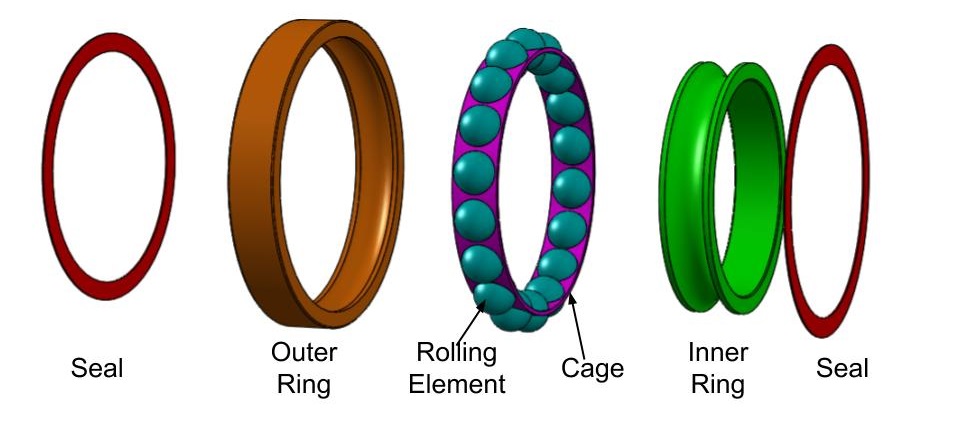
The ball roller bearing type mainly consists of the following components.
- Seals
- Outer Ring
- Rolling element
- Cage
- Inner Ring.
Types of Bearing
- Types of bearing according to type of load a bearing designed for:
- Radial Bearing
- Thrust Bearing
- Types of bearing according their construction
- Ball Bearing
- Single Row
- Double Row
- Deep Groove
- Angular Contact
- Self Aligning
- Thrust Ball Bearing
- Roller Bearing
- Straight Roller
- Tapered Roller
- Cylindrical Roller
- Spherical Roller
- Journal or Sliding Contact Bearing
- Full Journal
- Partial Journal
- Fitted Journal Bearing
- Ball Bearing
a. Types of a bearing according to load type
We can classify bearings into two types according to the load type bearing can withstand.
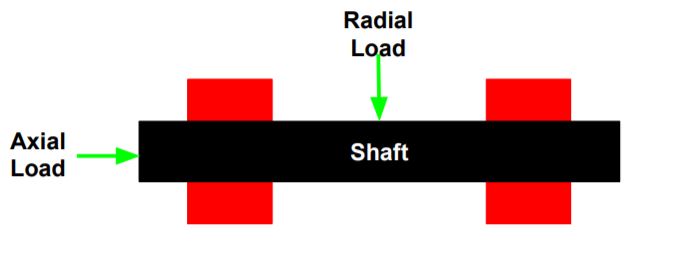
Radial Bearing
Radial bearings can withstand load in the direction perpendicular to the shaft axis. In other words, radial-bearing supports the radial load acting on the shaft.
Applications of Radial Bearing
Here are the application examples of a radial ball bearing in products that we use in our day to day life:
- In automobiles, they are used to transfer rotational motion from the engine.
- The gear pulley system utilizes bearings for smooth pulley rotation on the shaft.
- In Skateboards for smooth movement of wheels.
- In two-Wheelers.
Thrust Bearing
Thrust bearings are the type of bearings that can withstand high axial load in the direction of the shaft axis. In this way, thrust bearings support axial load acting on the shaft.
Applications of Thrust Bearing
Here are the application examples of thrust bearing in products that we use in our day-to-day life.
- Screw Jack
- Fluid Control Valve.
- Mechanical Mast
- Spinning and Weaving Machines.
- Vertically Rotating Products such as a rotary table.
b. Types of Bearing according to their Construction
According to construction, bearings can be classified into following types.
Ball Bearing
Ball bearings are the most commonly used types of bearing to handle both thrust and radial loads. They consist of balls that roll in between inner and outer races.
Advantages of ball Bearing
- Can bear axial and thrust loading conditions.
- Good wear resistance
- Low Cost
- Low Friction
- Easy to replace
Disadvantages of ball Bearing
- Noisy
- Can break due to shock
Types of ball Bearing
Following types of ball bearing are widely available in the market:
1. Single Row Ball Bearing
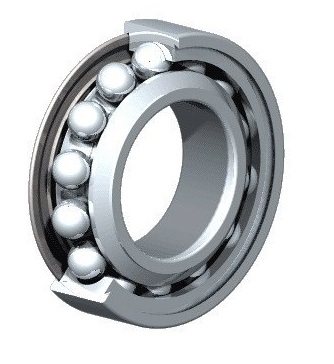
In Single Row Ball bearing, balls are arranged in a single row. They are generally used to handle radial loads.
2. Double Row Ball Bearing
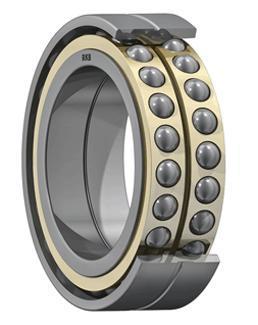
Balls are arranged in two rows in a double row ball bearing. Therefore inner and outer races have two grooves instead of one groove. Compared to single ball bearing, double ball bearings can handle more load.
3. Deep Groove Ball Bearing
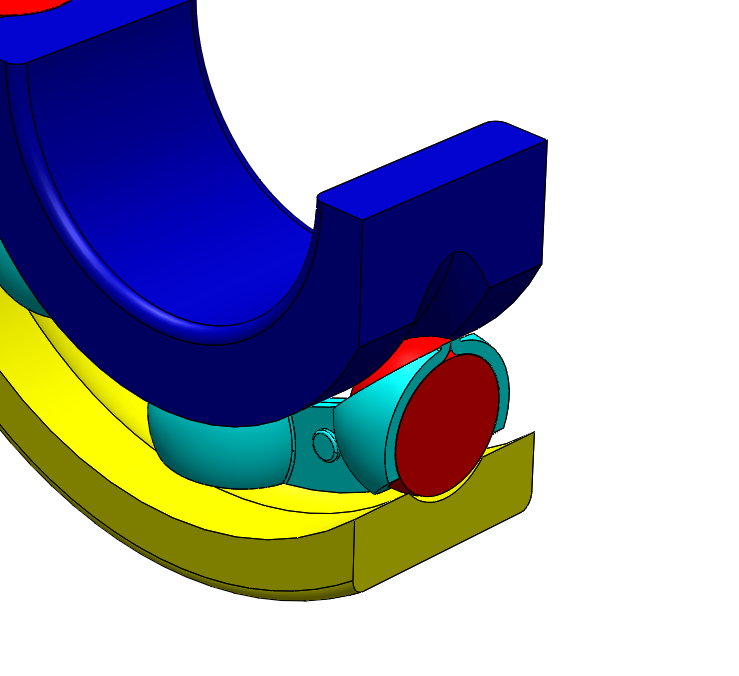
The deep groove ball bearing has low friction, noise, and vibration. Therefore we can use a deep groove ball bearing at very high rotational speeds.
4. Angular Contact Bearing
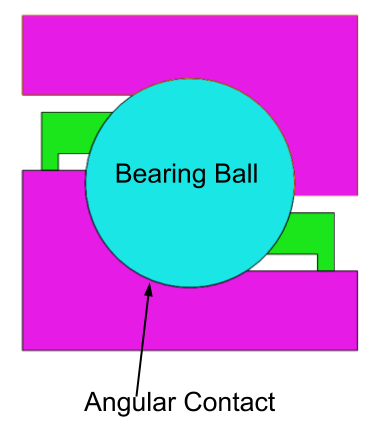
Inner and outer rings in Angular Contact Bearings are in contact at an angle with the balls. Therefore, the angular bearing can take both radial and axial loads simultaneously. Bearing load carrying capacity depends on ball and ring contact angle.
5. Self Aligning Ball Bearing
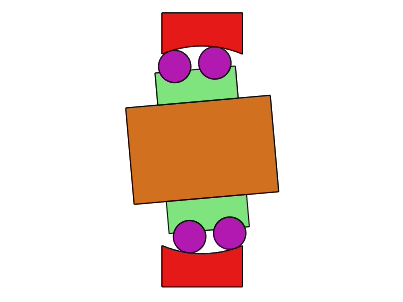
Self-alignment ball bearings are a type of double row ball bearing that can accommodate angular misalignment of the connected shaft with housing.
6. Thrust Ball Bearing
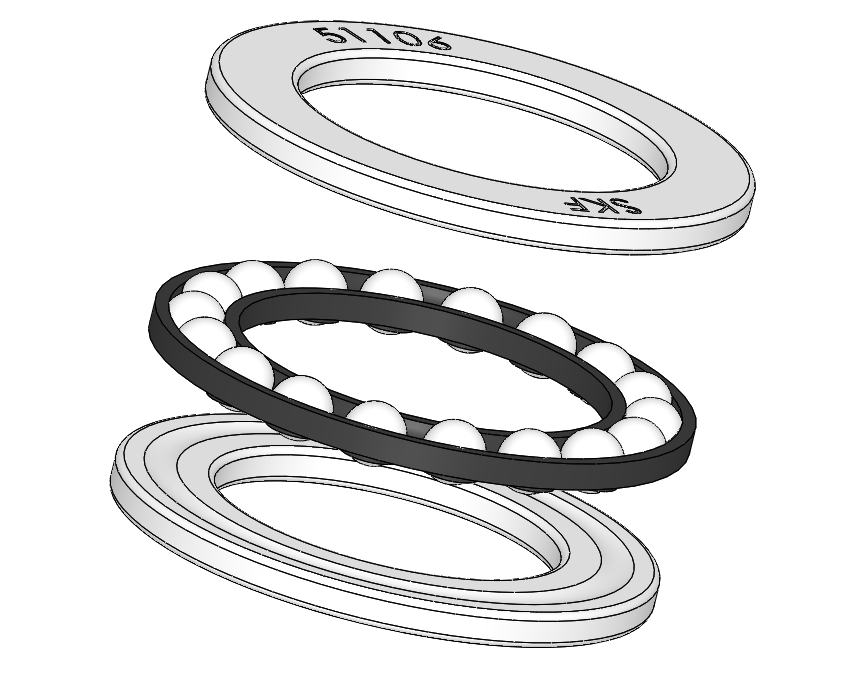
Thrust ball bearings are used to handle axial load only and are available as single direction and double direction bearings.
Applications of ball Bearing
Following is the list of conditions where we can choose the ball bearing.
- High-Speed application because the contact area between the bearing ball and outer housing is less.
- Some ball bearings can take both axial and thrust loads.
- Not recommended with high load.
Roller Bearing
Roller bearings utilize rollers instead of balls to support rotating shafts. Therefore they have a larger contact area and higher load-bearing capacity than ball bearings. Following are the various types of roller-bearing available in the market.
Advantages of ball Bearing
- High Load carrying capacity
- Low friction
- Low vibrations
- Easy maintenance
Disadvantages of ball Bearing
- High Cost
- Noisy
Types of ball Bearing
1. Straight Roller Bearing
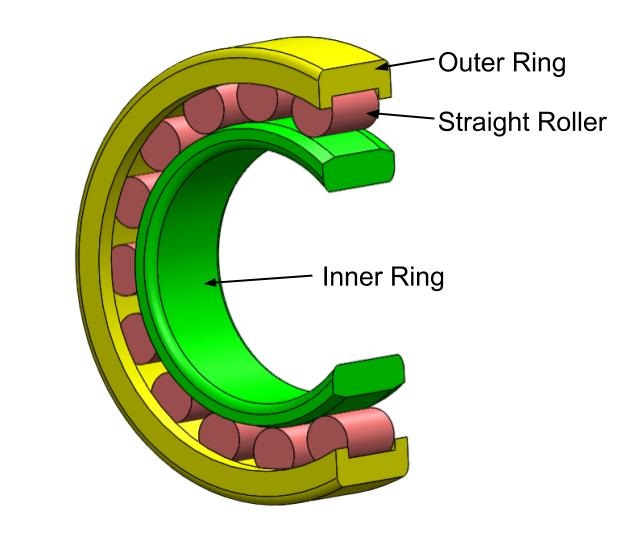
Straight roller bearing utilizes a cylindrical roller to handle thrust coming on housing. Compared to ball bearing, roller bearing can handle more load.
2. Tapper Roller Bearing
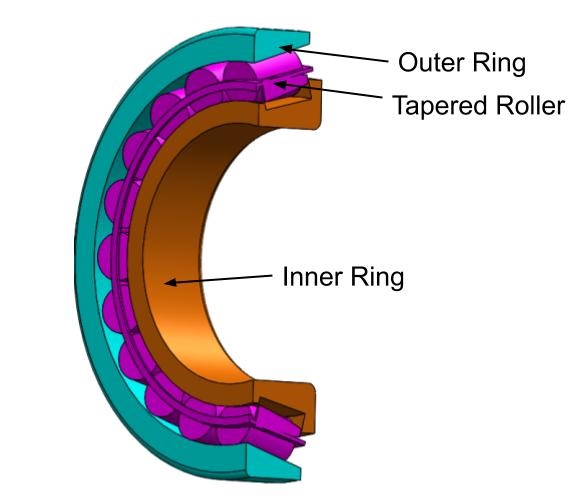
Inner and outer rings are in contact with rollers at an angle In Taper Roller Bearings. Therefore they can handle both radial and axial loads because of the angular area of contact.
3. Cylindrical Roller Thrust Bearing
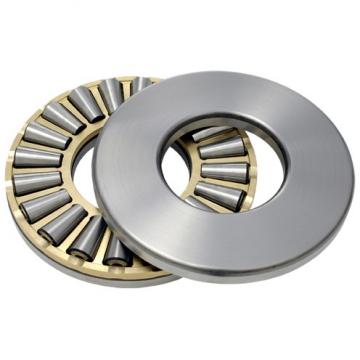
Cylindrical roller bearings can handle only axial forces. They can not withstand radial load at all.
4. Spherical Roller Bearing
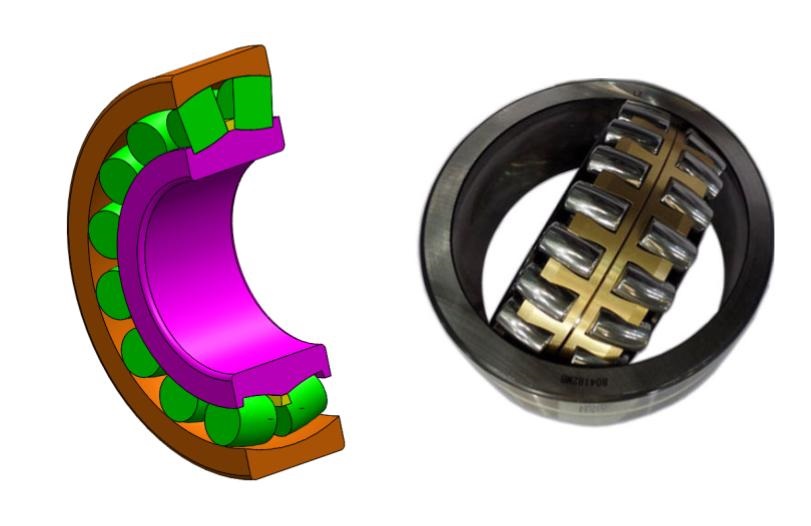
Spherical roller bearing consists of an inner ring with two raceways at an angle. They are used to handle very heavy radial and axial loads.
c. Journal or Sliding Contact Bearing
In the sliding contact type of bearings, sliding occurs along the contact surface between moving elements and fixed housing. This friction results in the friction between moving elements and fixed housing. To reduce the impact of friction, rotating surfaces are lubricated.
Frequently Asked Questions: FAQ
To support the rotating shafts.
To sum up, Various types of bearings are available in the market. But the selection of the right bearing for your application depends on loading conditions, size, and speed of the shaft.
We will keep updating various types of bearings. Please add your comments, suggestions, or questions on various types of bearings in the comment box. We suggest you also read this article on various types of springs and their applications.

Add a Comment